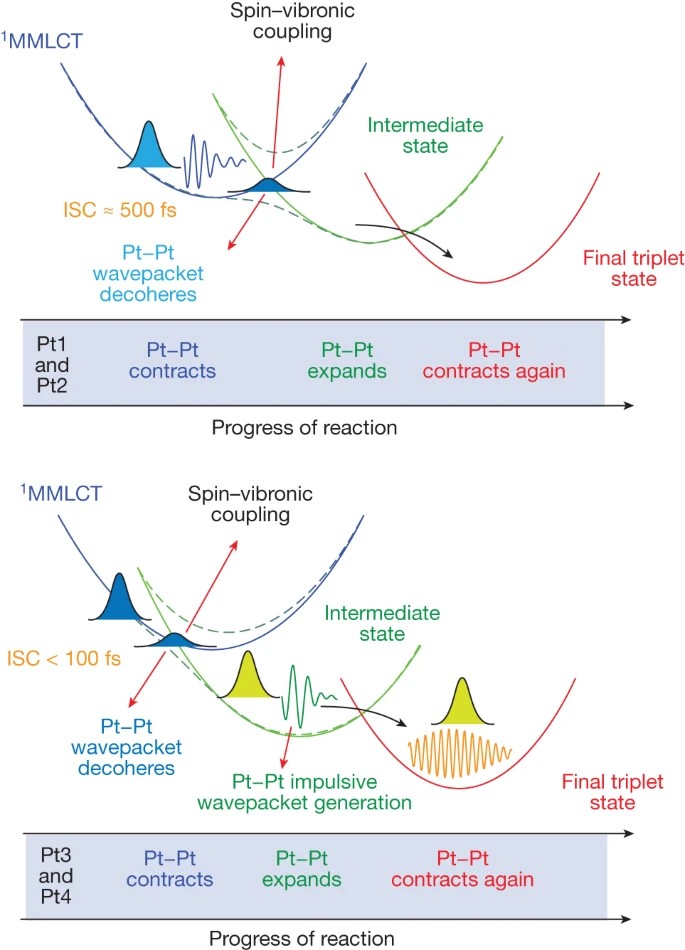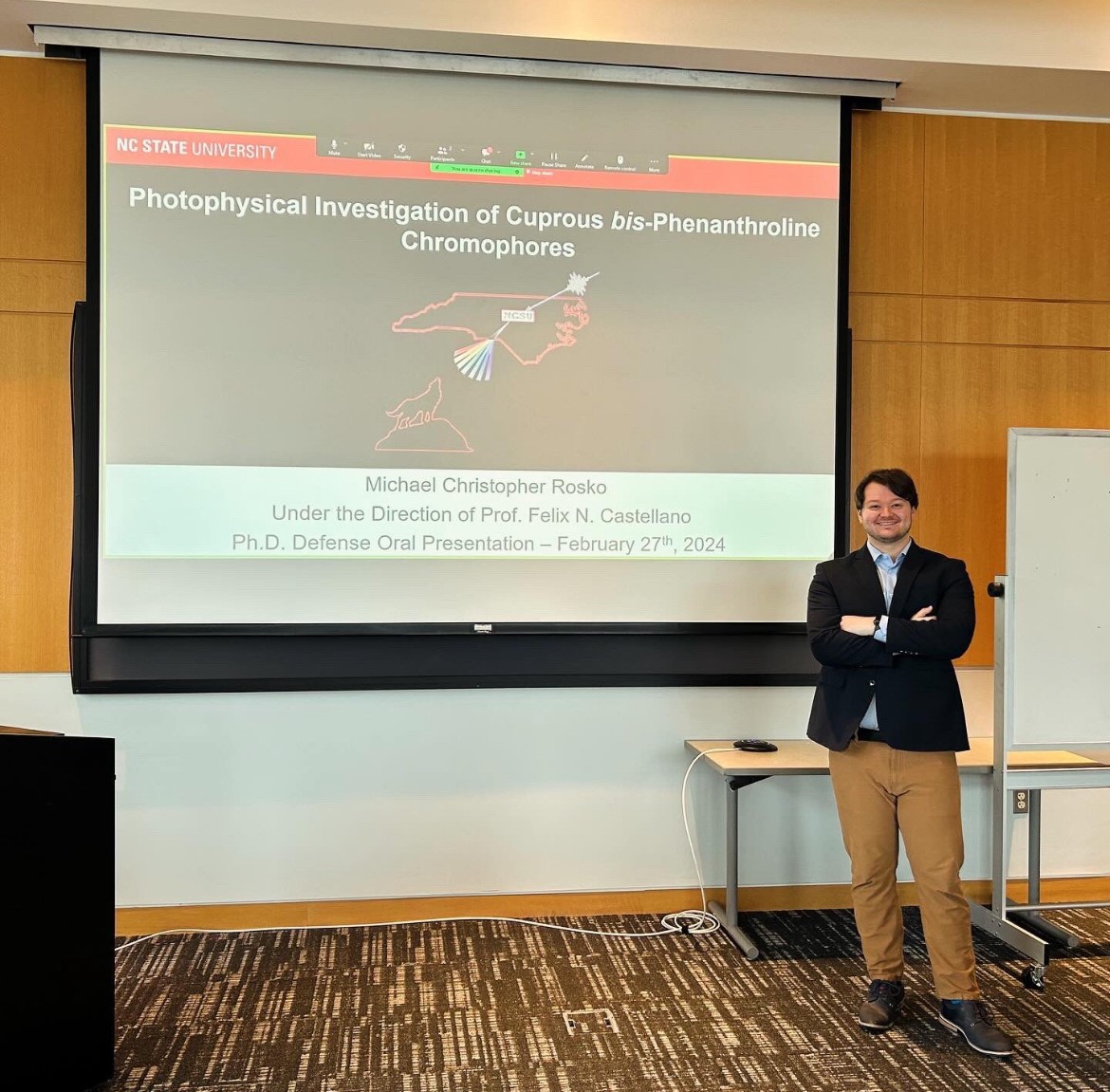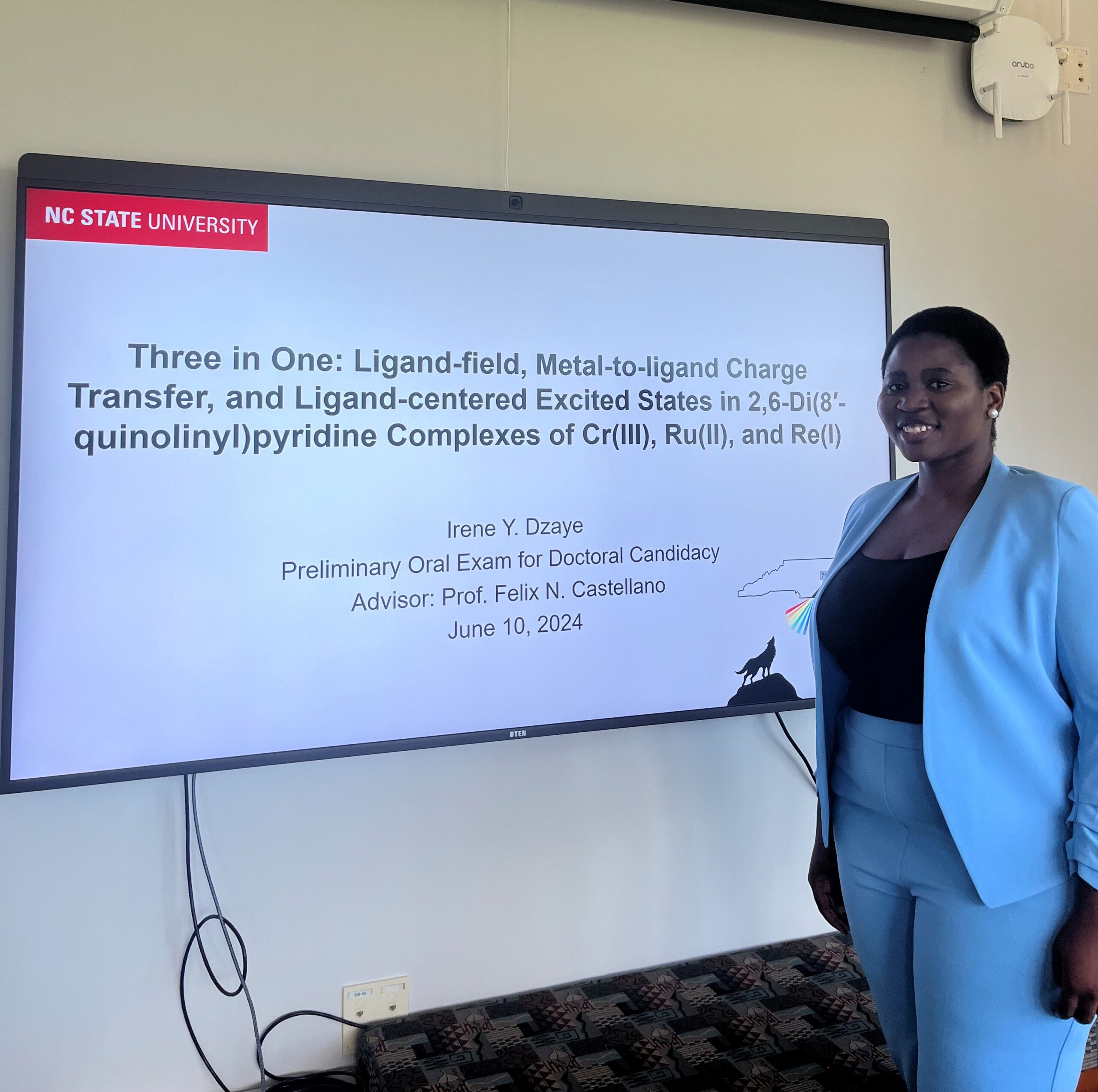Publication Alert: Congratulations to Phil and Sarah on their Publication in Nature.
The article, titled "Spin–vibronic coherence drives singlet–triplet conversion" investigates the interactions between electron spin dynamics and the vibrational dynamics of nuclei on superfast timescales. The full publication can be found at https://doi.org/10.1038/s41586-023-06233-y.

diferent spin multiplicities is of the utmost importance in molecular and materials
chemistry. Previous studies have indicated that the combination of spin–orbit
and vibronic efects, collectively termed the spin–vibronic efect, can accelerate
quantum-mechanically forbidden transitions at non-adiabatic crossings. However,
it has been difcult to identify precise experimental manifestations of the spin–
vibronic mechanism. Here we present coherence spectroscopy experiments that
reveal the interplay between the spin, electronic and vibrational degrees of freedom
that drive efcient singlet–triplet conversion in four structurally related dinuclear
Pt(II) metal–metal-to-ligand charge-transfer (MMLCT) complexes. Photoexcitation
activates the formation of a Pt–Pt bond, launching a stretching vibrational wavepacket.
The molecular-structure-dependent decoherence and recoherence dynamics of this
wavepacket resolve the spin–vibronic mechanism. We fnd that vectorial motion
along the Pt–Pt stretching coordinates tunes the singlet and intermediate-state energy
gap irreversibly towards the conical intersection and subsequently drives formation
of the lowest stable triplet state in a ratcheting fashion. This work demonstrates the
viability of using vibronic coherences as probes to clarify the interplay among spin,
electronic and nuclear dynamics in spin-conversion processes, and this could inspire
new modular designs to tailor the properties of excited states.


